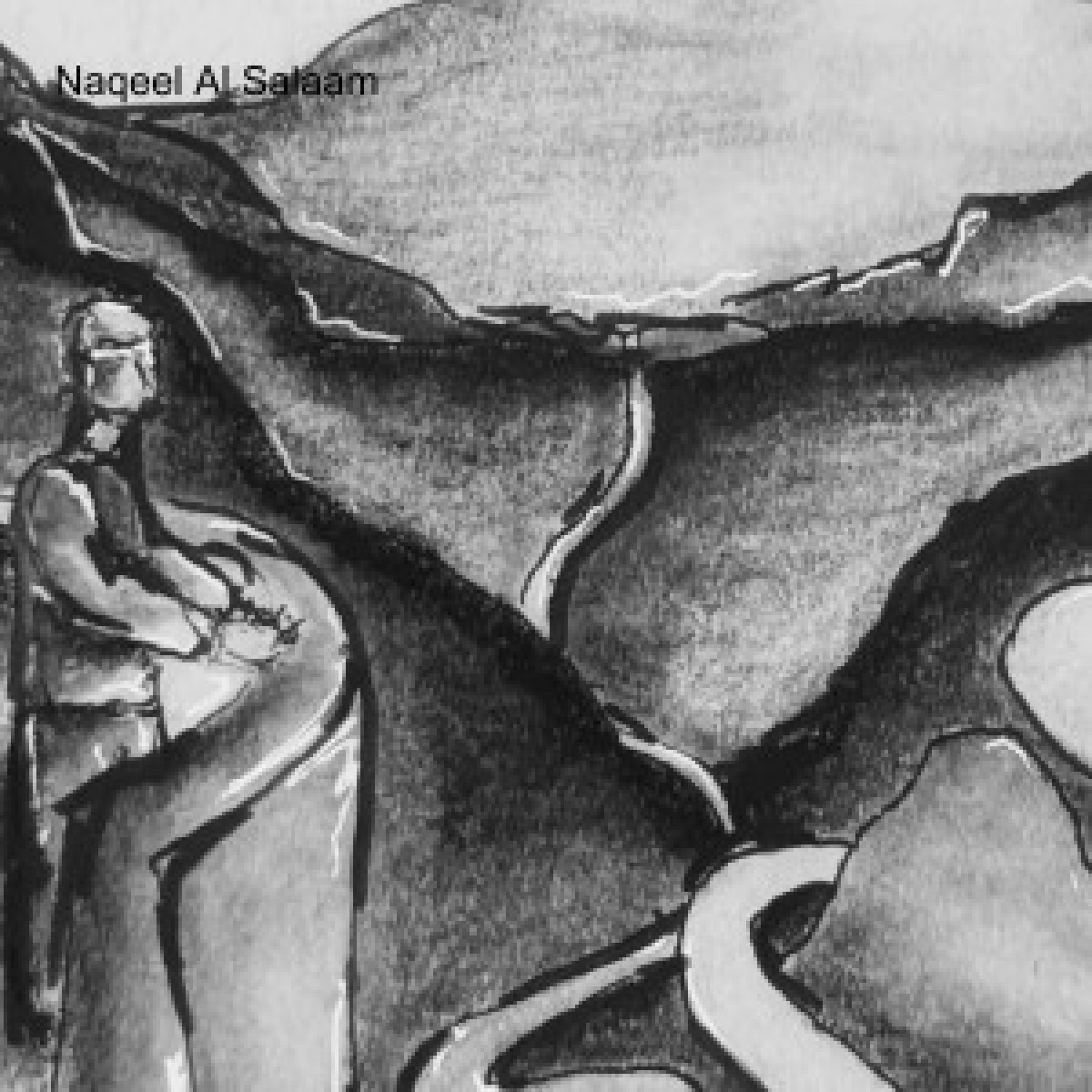Civic Space Indicators: Yemen Regional Report 2023
- 11 Dec 2023

In February 2023, the Arab NGO Network for Development (ANND) released a comprehensive regional report on Civic Space in Arab Countries, focusing on the situation in Yemen. The report highlighted several critical indicators of the civic space in the country:
The stated views express the views of the author and do not necessarily reflect the views of the Center or the work team.
Comments